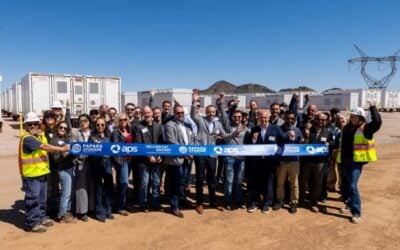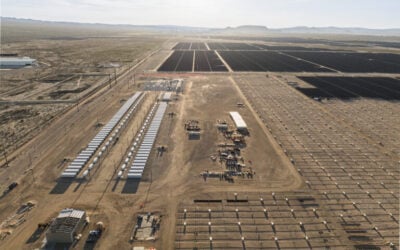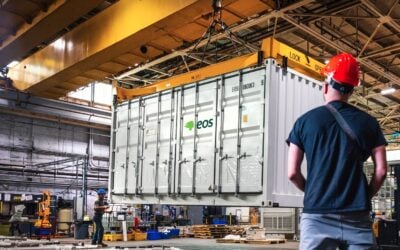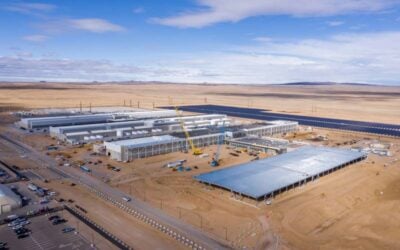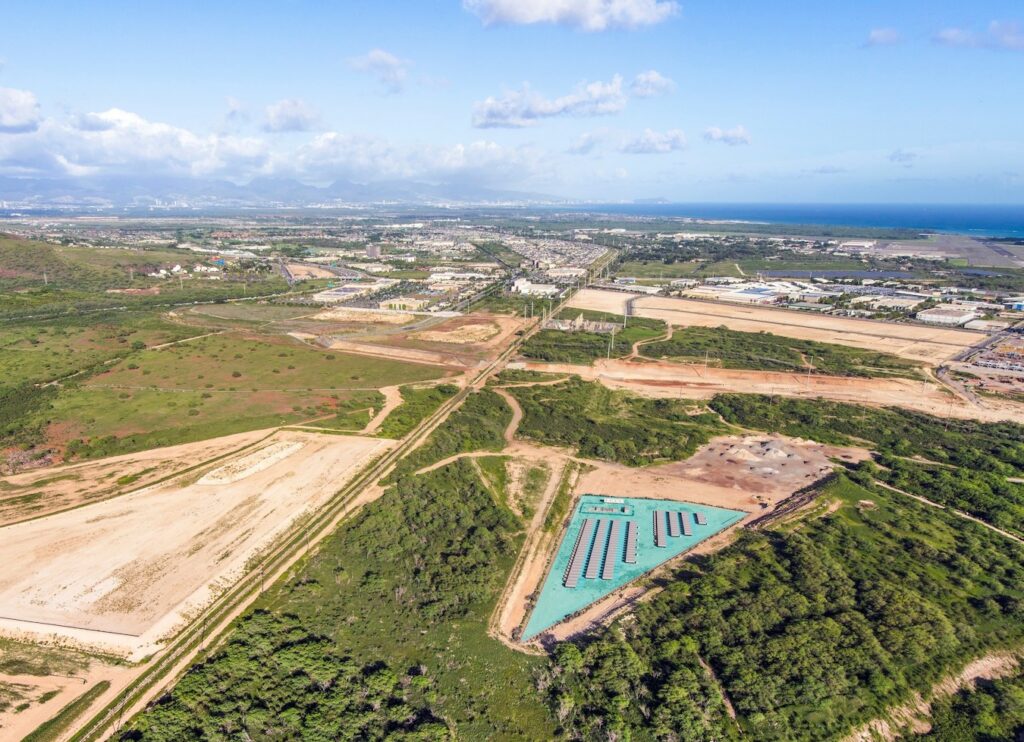
Hawaiian Electric is launching its newest “all-source” renewable energy procurement for capacity and grid services on the eastern side of Hawaii Island.
The US island state’s biggest utility company has just filed a draft of its Request for Proposals (RfP) and intends to launch the RfP by the end of February 2022 after it has drawn comment from the community, interested parties and prospective participants and Hawaii’s regulatory Public Utilities Commission (PUC).
Enjoy 12 months of exclusive analysis
- Regular insight and analysis of the industry’s biggest developments
- In-depth interviews with the industry’s leading figures
- Annual digital subscription to the PV Tech Power journal
- Discounts on Solar Media’s portfolio of events, in-person and virtual
While it then expects to make its selection and begin contract negotiations late next year, projects in the RfP will have until 2030 to go online. Hawaiian Electric said it is basing this approach on a Grid Needs Assessment which showed there is enough system capability to be able to wait to acquire dispatchable renewable energy and energy storage resources.
It is also hoped that by allowing for a longer procurement and development timeline, “a wider variety of projects and technologies” will be included in proposals submitted, Hawaiian Electric said.
Its the third stage of RfPs that Hawaiian Electric has been asked to carry out by the PUC for Hawaii Island, with three solar-plus-storage projects and one standalone battery storage project — about 132MW of generation with 492MWh of storage — selected from the first two which have already been held.
They are part of a wider push across the state’s islands, through which the utility is seeking a total 900MW of new renewables or renewables paired with storage and about 203MW of that renewable energy capacity would be earmarked for Hawaii Island.
The utility has stipulated that solar PV projects in the Stage 3 RfP must be combined with a four-hour duration battery energy storage system (BESS). Meanwhile, wind project proposals have the option to include storage or not, with either two-hour or four-hour duration storage acceptable for those that do choose batteries.
Those colocated battery systems must be enabled to charge directly from the grid “in order to extract greater reliability and resilience benefits from these resources”. However, renewable-plus-storage is currently eligible for the US investment tax credit (ITC) incentive and standalone battery storage is not.
The ITC lowers the capital cost of projects by about a third. According to the draft RfP, it is permissible that the batteries are not charged from the grid until five years have passed since commissioning, in order to take full advantage of ITC eligibility rules. Standalone energy storage has be grid-charged from the beginning of commercial operations.
Aggregated virtual power plant (VPPs) projects using customer-sited distributed energy resources (DERs) are also eligible to participate in the RfP as it stands.
Hawaiian Electric hosts a community meeting about the RfP on 28 October — the first time it has done so at the beginning of an RfP solicitation process.
Some of the US’ biggest standalone BESS and solar-plus-storage projects are currently in development following Hawaiian Electric’s massive procurement of around 300MW of solar and 2GWh of battery storage, for the islands of O’ahu and Maui, last year. The state is targeting 100% clean energy by 2045 and given that all fossil fuel used on its islands is imported at great cost, renewables and storage can largely deliver power more cheaply.
Hawaiian Electric noted in a press release that Hawaii Island itself reached a renewable portfolio standard (RPS) of 43.4% in 2020 and the utility said 30% of its electricity sold throughout the state last year came from renewable sources.
The new draft RfP and related documents can be found here.


